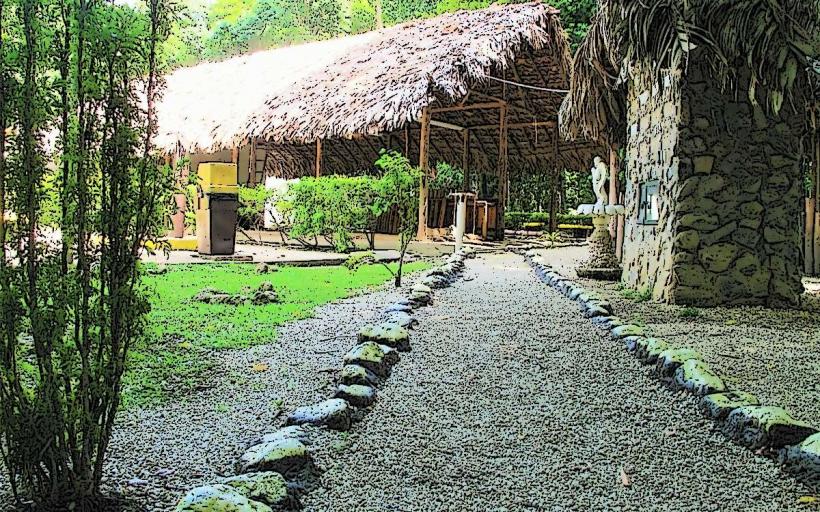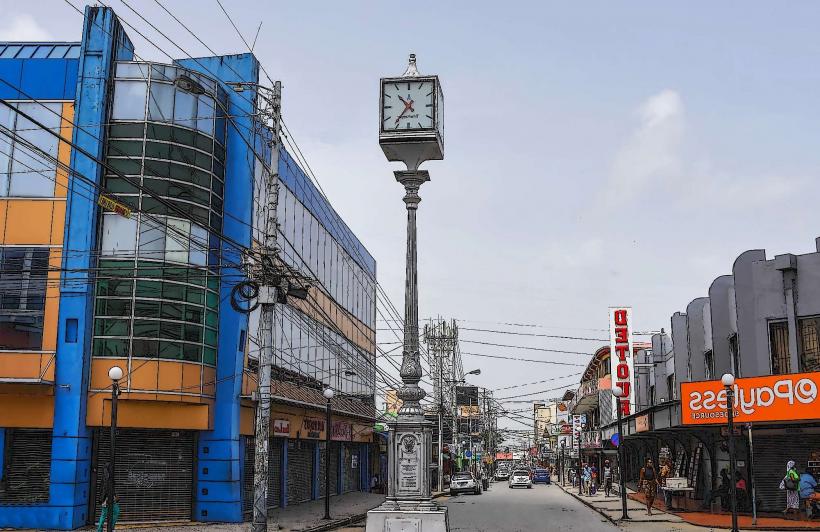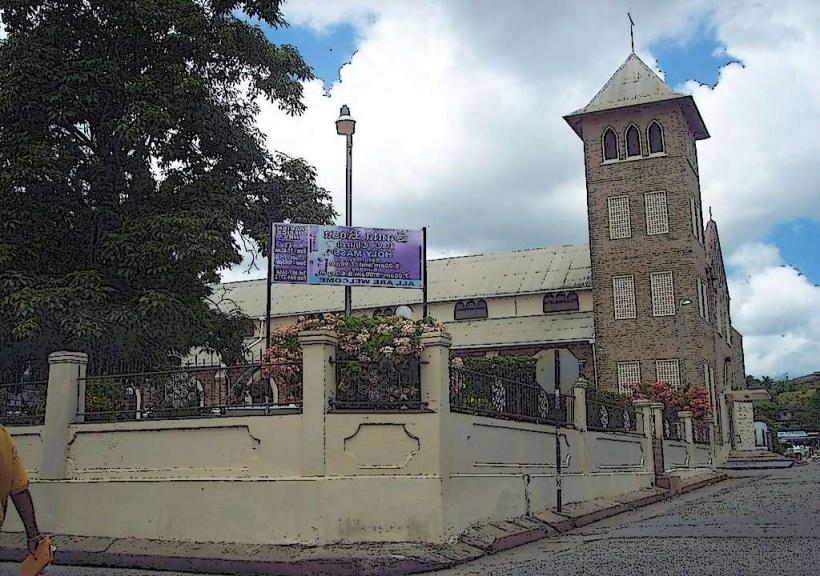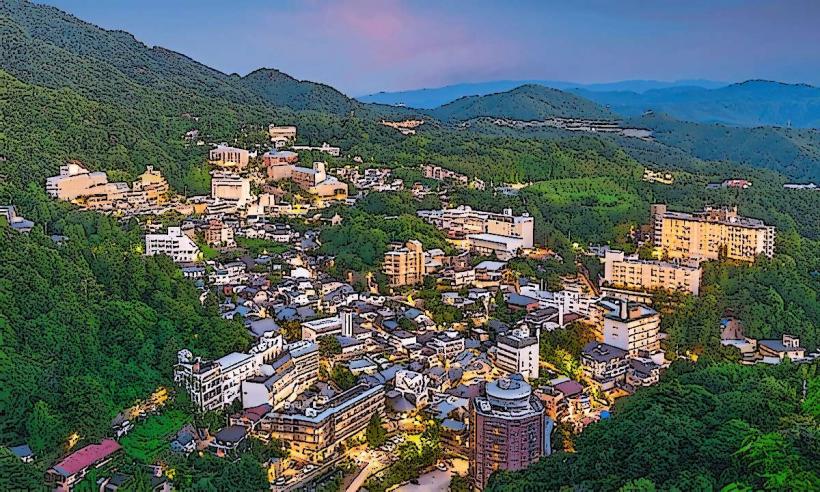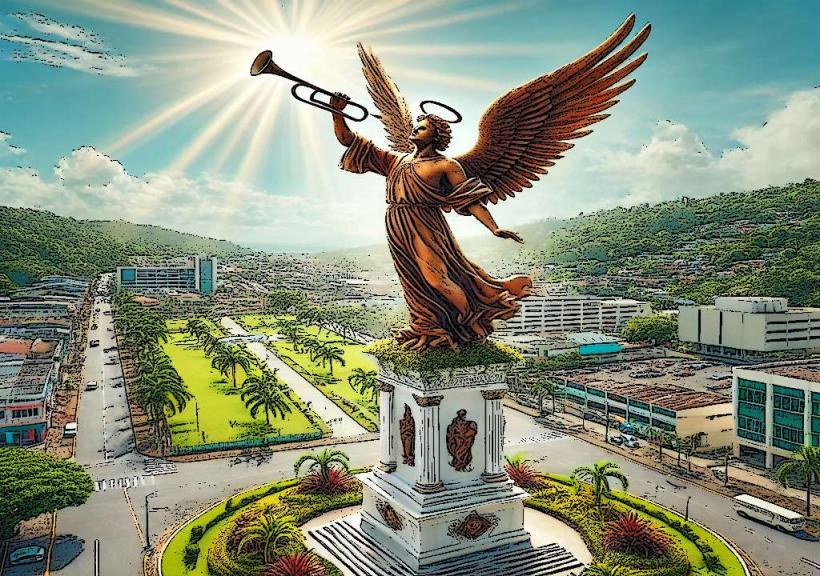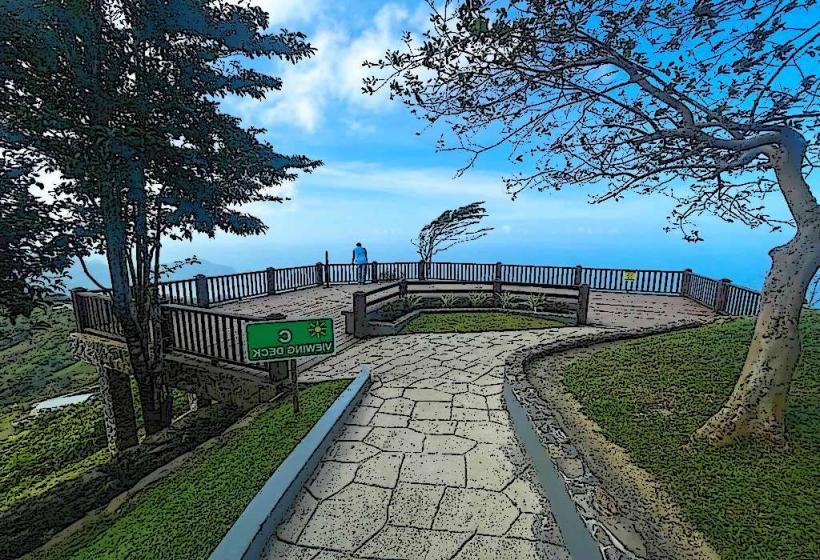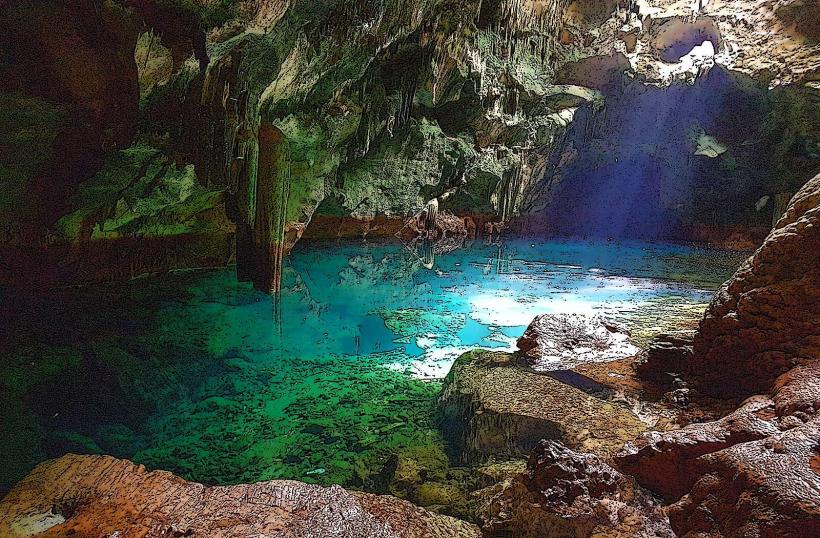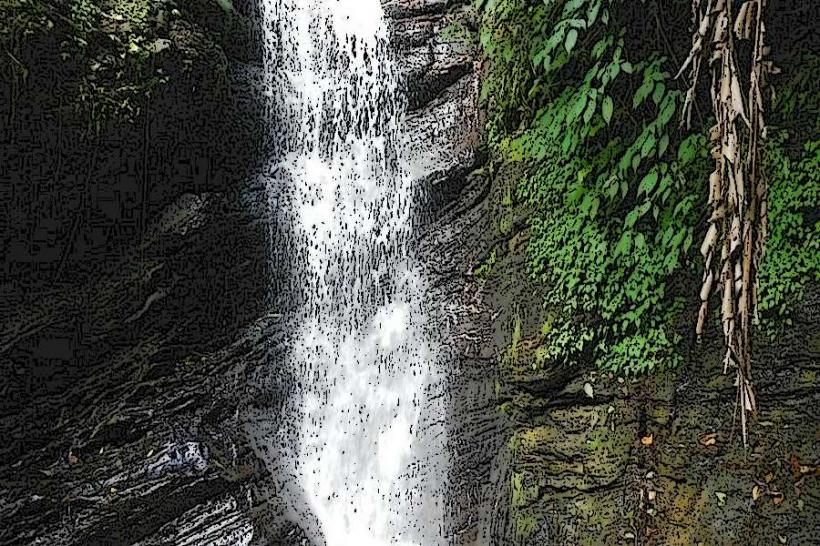Information
Landmark: Morne Bleu Research StationCity: Arima
Country: Trinidad and Tobago
Continent: North America
The Morne Bleu Research Station is located in the Northern Range of Trinidad, specifically in the Morne Bleu area near the town of Arima. This research facility is situated in the heart of the island's tropical rainforest, offering a valuable resource for scientific study and environmental conservation. Here's a detailed overview of the Morne Bleu Research Station:
1. Location and Accessibility:
- Geographic Location: The Morne Bleu Research Station is nestled in the Morne Bleu area, which is part of the larger Northern Range of Trinidad. The station is situated at an elevation of around 1,000 feet (300 meters) above sea level, providing it with a cooler and more humid climate compared to the coastal areas.
- Access: The research station can be reached by a winding road that leads from the town of Arima into the Northern Range. The road is relatively accessible by car, although visitors are advised to take caution due to its steep and winding nature. The research station itself is located in a remote area, surrounded by dense forest, which gives it an isolated and tranquil atmosphere. Those visiting the station often require permission or may need to make arrangements in advance.
2. Research Focus and Purpose:
The Morne Bleu Research Station serves as a center for ecological and environmental research, particularly focused on the biodiversity and conservation of the tropical rainforest ecosystems in Trinidad and Tobago. Some of the primary research areas include:
- Biodiversity Conservation: The research station provides a platform for studying the flora and fauna of the Northern Range, with a focus on identifying and preserving the island’s rich biodiversity. Researchers and conservationists study plant species, animals, insects, and their interactions within the ecosystem.
- Environmental Monitoring: The station plays a critical role in monitoring environmental changes within the rainforest, such as changes in climate, deforestation, and the impact of human activities. Data collected at the station helps inform conservation strategies and environmental policy in Trinidad and Tobago.
- Ecotourism Education: The station also serves as an educational facility for visitors, especially those interested in environmental science, conservation, and ecotourism. It provides a space for learning about the ecological importance of tropical rainforests and sustainable practices that help preserve the environment.
3. Biodiversity and Ecosystem:
- Flora: The Morne Bleu Research Station is situated in a tropical rainforest ecosystem, home to a wide variety of plant species. The region is rich in plant diversity, including various species of hardwood trees, ferns, orchids, and tropical flowers. Some plants found in the area may have medicinal or commercial value, while others are essential for maintaining the forest’s ecological balance.
- Fauna: The surrounding forest is home to numerous species of wildlife, including both endemic and migratory species. Some of the fauna that may be found in the area include:
- Birds: The Northern Range is known for its birdlife, including species such as the Trinidad motmot, parrots, toucans, and hummingbirds. These birds are often of interest to researchers studying avian behavior and migration patterns.
- Mammals: The area is home to a variety of small mammals, including monkeys, bats, and rodents. Larger mammals like the jaguar may also be present in the broader range, although they are more elusive.
- Insects and Amphibians: The rainforest hosts a wide variety of insects and amphibians, including butterflies, frogs, and various types of beetles. These creatures are essential for the ecosystem, contributing to pollination, decomposing organic matter, and serving as prey for other animals.
4. Educational and Collaborative Opportunities:
The Morne Bleu Research Station often collaborates with universities, scientific organizations, and local environmental groups to further its research goals. It serves as an ideal location for students, researchers, and conservationists to conduct field studies and gain hands-on experience in environmental science.
- Field Studies: Students and researchers from around the world come to the station to conduct ecological field studies, focusing on topics like plant growth, animal behavior, and climate change. This is especially important in the context of tropical rainforests, which are key to understanding global biodiversity and environmental health.
- Public Outreach: The research station also engages in public outreach, helping to raise awareness about the importance of rainforest conservation and the need for sustainable environmental practices. Educational tours, workshops, and talks are often offered to local schools, environmental groups, and the general public.
5. Sustainability and Conservation Efforts:
- The Morne Bleu Research Station is committed to sustainable practices in both research and operations. The station emphasizes the importance of protecting the rainforest ecosystem and its resources for future generations.
- Sustainable Living: Researchers and staff at the station often live in eco-friendly accommodations, using sustainable practices like rainwater harvesting, solar energy, and organic farming. These efforts help minimize the station’s environmental footprint while serving as a model for sustainable living in remote areas.
- Conservation Projects: The research station is involved in various conservation projects, such as reforestation efforts, wildlife monitoring, and habitat restoration. By collecting valuable data on the region’s ecosystem, the station helps inform local and national conservation policies.
6. Visitor Experience and Ecotourism:
- Ecotourism: While primarily a research facility, the Morne Bleu Research Station also attracts ecotourism visitors. The surrounding forest offers excellent opportunities for hiking, birdwatching, and exploring nature. Visitors can join guided tours to learn about the local wildlife, flora, and conservation efforts, providing an educational experience while enjoying the beauty of the rainforest.
- Guided Tours: Tour guides, often local experts, lead visitors through the trails of the research station and nearby forest, providing insight into the biodiversity of the area and the challenges facing tropical ecosystems. These tours may include visits to nearby waterfalls, viewpoints, and other natural attractions.
- Accommodation: While accommodation at the station may be basic, it provides visitors with an opportunity to stay in a truly remote rainforest setting. This gives them a unique experience of living within the forest, surrounded by the sounds of nature.
7. Challenges and Future Goals:
The Morne Bleu Research Station, like many environmental research centers, faces challenges related to funding, climate change, and increasing human encroachment on natural habitats. However, its continued work is vital to preserving Trinidad’s unique rainforest ecosystems and understanding how they can be protected in the face of global environmental pressures.
- Future Research: Ongoing research at the station is expected to explore new areas such as the impact of climate change on local species, the role of tropical rainforests in carbon sequestration, and the integration of technology in wildlife monitoring.
Conclusion:
The Morne Bleu Research Station is a critical hub for environmental research, conservation, and ecotourism in Trinidad. Situated in the heart of the island's rich tropical rainforest, it plays a significant role in studying and preserving the biodiversity of the Northern Range. Whether you're a researcher, student, or nature enthusiast, the station offers valuable insights into the island's ecological systems and the importance of protecting natural habitats for future generations.

